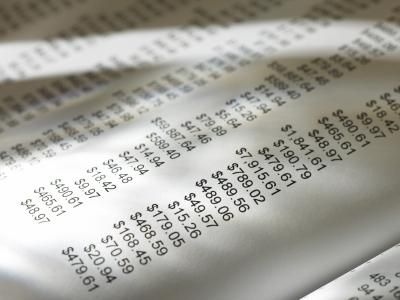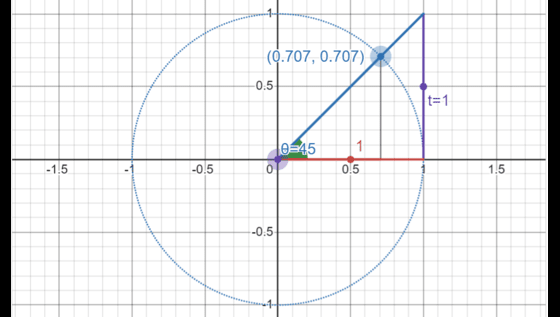Overview
Mathematical combinations occur in problems that involve the number of ways that sets can be combined, where order does not matter. Permutations are similar arrangements, but order does matter. They are related through principles of multiplication and arrangements involving factorials.
How Many Choices Are There?
If the problem is merely a combination of a choice from one set and a second choice from another set, there are only the number of choices in the first set multiplied by the number of choices in the second set. For example, if there are two different colors of chairs (black or purple), and three different desk colors (light, medium, and dark), the possibilities are 2 X 3 or 6. This can be generalized to more than two sets as N(A1) ∙ N(A2) ∙ … N(Ak), where k is a constant that represents the number of sets.
What Are Factorials?
Suppose the problem involves choices without replacement. That is, supposing there are five possibilities for the first choice (A, B, C, D, E). No matter which one is chosen for the first choice, only 4 remain for the second choice. The first and second have already been chosen, so there are only 3 possibilities for the third choice. There are only two for the fourth choice, and only 1 for the fifth choice. The number can be written as 5 ∙ 4 ∙ 3 ∙ 2 ∙ 1 =120 possible choices. Another way to represent that is 5!, where the number 5 and the exclamation point afterwards are read as five factorial.
What Are Permutations?
Suppose the problem involves a situation where order matters, such as the probability in a number n! that particular alternatives will be either first, second , or third. For example, suppose there are 8 teams in a conference. The total number of rankings of all 8 teams are choices without replacement, or 8!, or 40320 possibilities. If only the first, second, and third place teams are chosen for the next round, the number of possible permutations can be represented by 8!/3! or 8∙7∙6∙5∙4∙3∙2∙1 /3∙2∙1 or 6720.
What Are Combinations?
Suppose the problem involves a situation where order does not matter. Suppose there are 8 teams in a conference, as in the previous example. How many different combinations of teams could be selected, in order that teams would be either first, second, or third? This could be represented by 8C3, where C represents the number of combinations, or 8!/(8-3)!3!, or 40320/5!3! , 56 different combinations.
Do you need to know more about how test questions on the SAT or ACT are scored? SAT Math 1 about how we are assisting thousands of students each academic year.
Test Prep Academy is the premier test prep and private tutoring company for college-bound students. Our highly qualified test prep tutors deliver one-on-one personalized instruction that fit our student’s busy schedule.




